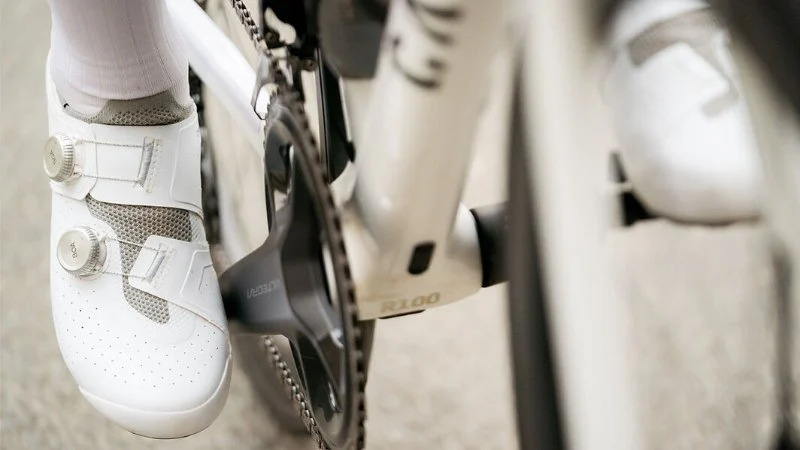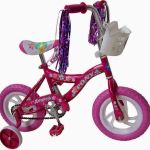
- 1 - Why Choosing the Right Cycling Shoes Matters
- 2 - Different Types of Cycling Shoes
- 3 - Key Factors to Consider When Selecting Cycling Shoes
- 4 - Real Experiences and Popular Stories
- 5 - Expert Recommendations for Better Performance
- 6 - Finding Trusted Products and Guidance
1. Why Choosing the Right Cycling Shoes Matters
Many riders wonder how to choose the right cycling shoes, especially when starting out or upgrading their gear. The correct pair of shoes can significantly improve pedaling efficiency, reduce fatigue, and prevent injuries. Cycling shoes are not just another accessory; they form the crucial connection between you and your bike. The wrong fit or style can lead to discomfort, wasted energy, or even long-term strain on your joints.
Experts agree that investing time in finding the right shoes leads to better rides, whether you're a casual weekend cyclist or a competitive racer.
2. Different Types of Cycling Shoes
2.1 Road Cycling Shoes
Road shoes are lightweight, stiff, and designed for maximum power transfer. They usually have three-bolt cleat systems and work best for long rides or competitive cycling.
2.2 Mountain Biking Shoes
These shoes prioritize grip and durability. They come with two-bolt cleat systems and rugged soles, making them ideal for rough terrains where riders may need to walk their bikes.
2.3 Indoor and Casual Cycling Shoes
For spin classes or urban commuting, hybrid shoes with recessed cleats provide the flexibility to walk comfortably while still benefiting from clip-in systems.
3. Key Factors to Consider When Selecting Cycling Shoes
3.1 Fit and Comfort
Shoes should fit snugly but not cause pressure points. Trying them on with cycling socks ensures a more realistic feel. Some brands offer wide or narrow options to accommodate different foot shapes.
3.2 Stiffness of the Sole
Stiffer soles provide better power transfer, but beginners may prefer a slightly flexible sole for comfort on longer rides.
3.3 Ventilation and Material
Breathable materials keep feet cool during summer rides, while weather-resistant models are better for year-round cyclists. Synthetic uppers are often lighter and easier to maintain than leather options.
3.4 Cleat Compatibility
Before purchasing, confirm that the shoes are compatible with your bike’s pedal system, whether it’s SPD, Look, or Speedplay.
4. Real Experiences and Popular Stories
A well-shared story among cycling forums highlighted a rider who upgraded from regular sneakers to proper road shoes and immediately noticed faster climbs with less effort. Another case featured a commuter who switched to SPD-compatible shoes and reported greater comfort during city rides while still being able to walk easily between errands. These examples show how the right cycling shoes can transform not just performance but also overall riding enjoyment.
5. Expert Recommendations for Better Performance
Experts suggest not skimping on the fit of cycling shoes. Many recommend custom insoles for riders with arch issues and carbon soles for competitive cyclists looking for maximum efficiency. Cycling coaches also emphasize that proper shoes should be paired with correct bike fitting to prevent knee or hip discomfort. By combining the right footwear with professional adjustments, cyclists achieve long-lasting performance gains.
6. Finding Trusted Products and Guidance
Choosing the right pair may seem overwhelming with so many brands and models available. That’s where expert guidance comes in. At Cycling Guider, you can explore detailed reviews, professional recommendations, and curated selections to ensure you invest in shoes that truly fit your needs. Whether you’re riding for fun, fitness, or competition, finding the perfect cycling shoes will make every ride smoother and more rewarding.
With the right choice, cycling becomes less about struggle and more about enjoyment, speed, and endurance.







 Billet BMX5.0 (2 reviews)
Billet BMX5.0 (2 reviews) Far East Children Bicycle Factory1.0 (1 reviews)
Far East Children Bicycle Factory1.0 (1 reviews) Archer Motorsports, Inc.4.0 (8 reviews)
Archer Motorsports, Inc.4.0 (8 reviews) YEP Bike Works4.0 (55 reviews)
YEP Bike Works4.0 (55 reviews) Gorham Bike & Ski4.0 (498 reviews)
Gorham Bike & Ski4.0 (498 reviews) Alchemy Bikes4.0 (37 reviews)
Alchemy Bikes4.0 (37 reviews) How to Teach Kids to Ride a Bike: A Step-by-Step Guide for Parents
How to Teach Kids to Ride a Bike: A Step-by-Step Guide for Parents Tips for Riding on Busy City Streets: Smart Strategies for Urban Cyclists
Tips for Riding on Busy City Streets: Smart Strategies for Urban Cyclists Best US National Parks for Mountain Biking: Ride Epic Trails Across America
Best US National Parks for Mountain Biking: Ride Epic Trails Across America Best Aero Helmets for Time Trials and Racing
Best Aero Helmets for Time Trials and Racing How to Clean and Lubricate Your Bike Chain Like a Pro
How to Clean and Lubricate Your Bike Chain Like a Pro 10 Must-Have Items for Long-Distance Cycling Trips
10 Must-Have Items for Long-Distance Cycling Trips